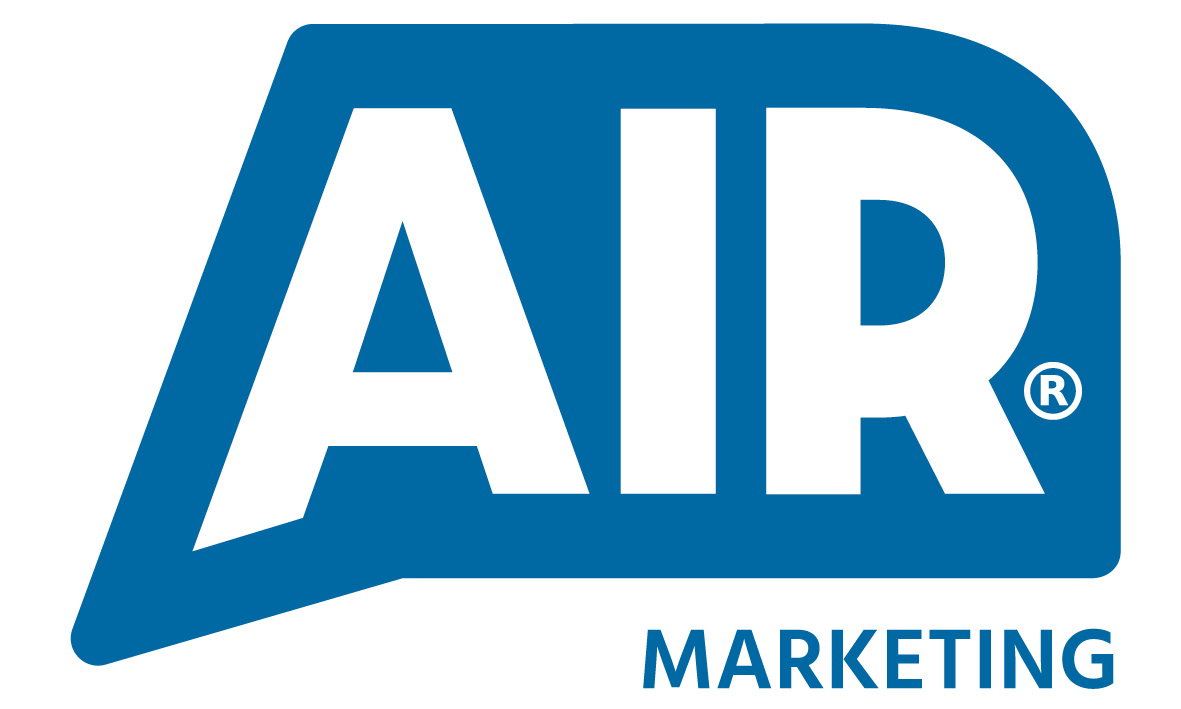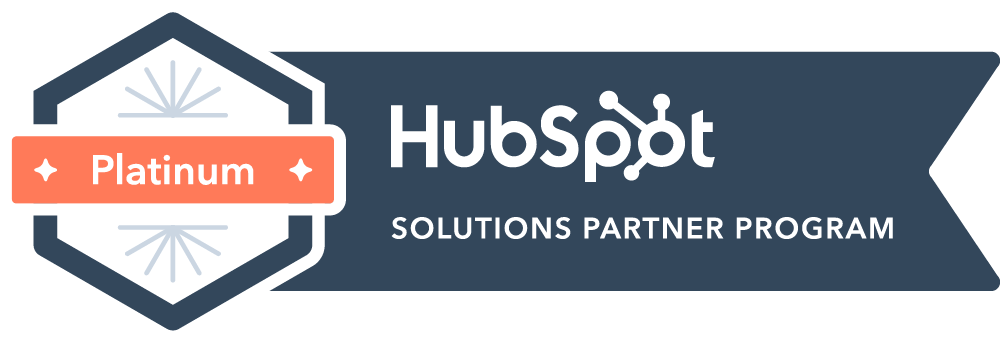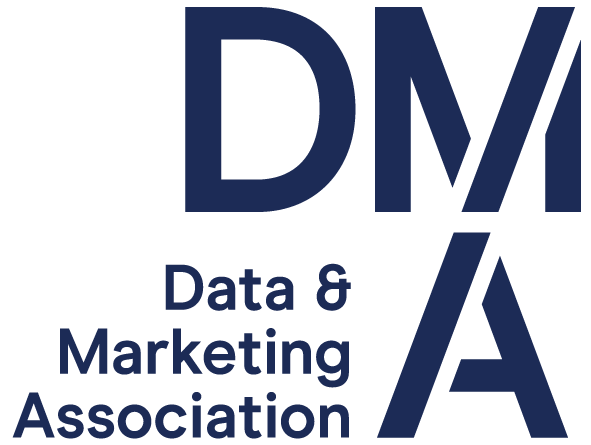Photo by Javi Lorbada on Unsplash
However your sales team operates, there’s a place in their work for Pay-Per-Click (PPC) advertising. A properly constructed PPC account will act like a pack of automated hunters, sniffing out potential leads from every search anyone does on the internet, and chasing them into your website. The trick is to train these hunters to bring those potential leads into your existing pipeline as seamlessly as possible.
Singling searchers out to get the right message in front of the right person at the right time involves planning your strategy in advance and then adapting it to the data you acquire. Too many PPC accounts simply show the same message to everyone who searches for a vaguely relevant keyword (or an overly specific keyword). You need to understand the mindset of a potential lead and learn how to recognise their intent from what they type into that search engine. Once you’ve learned this, you can herd them into your existing sales pipeline at the point it matches their decision-making process and significantly increase your chance of converting a lead into a sale.
Fitting Leads into Your Pipeline
If you sell office equipment and someone types, “office equipment,” into Google’s search box, then you can be fairly certain they’re close to the beginning of pipeline. They know they want office furniture and they’re seeing what’s out there. These are the people you can flag your services to, let them become aware of what you have to offer. If you’re in a complex industry where public perception is lacking, you can use this opportunity to become the voice of authority to them, increasing the chances they will come back to you when they are closer to making a final decision. These people are those you fit into the top of your pipeline.
Longer, more specific searches tend to come after someone has been thinking for a while or has a definite and often immediate need. If someone types in, “adjustable height computer monitor bracket,” it’s fairly likely that they need an adjustable height computer monitor bracket and they need it soon. These people come in around the middle of your pipeline.
The longest tail keywords are from those searchers who need to be herded towards the bottom of the pipeline. “Brand-X Model-Y monitor bracket next day delivery,” is about as specific as it’s possible to get. You know this person has made the decision of what they are getting, they are just looking for where to get it from. They’ve even included a handy USP that you can hook; “Next Day Delivery.” These are the people who you can drop exactly what they want into their lap.
Getting the right message to these people requires having your PPC account structured correctly. For the broader searches you have to use broader messages. As the user intent becomes more specific with longer tail search queries, you can narrow down the message you convey (both in the ad copy and on the landing page the user is directed to). At every stage it doesn’t hurt to have the user get in touch; a simple call back form is ideal, the shorter the better, just a name and a phone number is all you need – once you have those you have far more control in the sales process.
Matching Tactics to Intent
Unfortunately, it’s not always this simple to slot searchers into their correct slot on the funnel. Although it’s safer to assume that they’re higher in the funnel, the broader search terms make it harder to infer the true intent of the person typing it. The best you can do is give them options: Sitelinks on your ad allows you to link people through to other pages which might be of interest. These sitelinks give the user the opportunity to find their own place in your sales pipeline.
For example: If someone searches for, “office equipment,” you can show them a link to your home page, which is broad enough to have something of relevance to them on it. But on top of that you can have links to your products catalogue, to your most popular lines, and to your services/FAQ page which explains that you offer not only next-day delivery but a free installation service as well. And again, give a quick and simple means for them to give you their contact info at every step.
The Remarkable Power of Remarketing
Another tool in populating your sales pipeline from PPC is remarketing. Targeting specific ads to people who have already seen your website, or a specific page on your website, or performed certain actions means you can recapture their attention. This is a balancing act, you have to have an audience of sufficient size to guarantee anonymity.
Typically, the best way to accomplish this you need a single list of everyone who has visited your website, which you can then break down into progressively smaller groups based on the user action – the first tier may be all those who have visited any page in a particular category, and then those who have looked at more than one product. By creating progressively more targeted audiences you always have a working audience to work with, but if you have sufficient traffic for the smaller audiences you can use more carefully constructed messages. More carefully targeted messages always perform stronger.
Exactly how you integrate PPC into your existing sales pipeline does depend greatly on your own procedures, but the potential value is universal. The real knack lies in picking the best targets out of the herd of online searchers and potential customers. Only a small segment will match as a lead, and sorting these out to determine their place in your sales pipeline can be tricky, but very rewarding. Get it right and you’ll fuel your sales pipeline with a regular stream of leads across all stages – that’s enough to keep any sales team happy!
Guest Blog written for Air by Aquamarine Search and Social Agency





